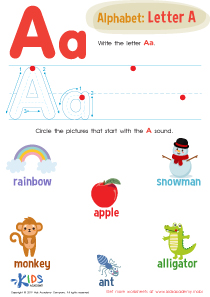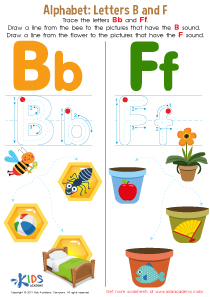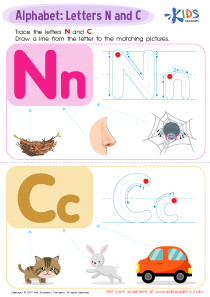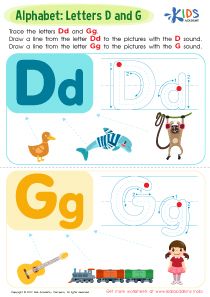Handwriting practice Letter W Worksheets for Ages 3-6
3 filtered results
-
From - To
Enhance your child's handwriting skills with our Handwriting Practice Letter W Worksheets tailored for ages 3-6! These engaging and educational worksheets are designed to support your little one's letter formation, motor skills, and early literacy. Each activity provides step-by-step guidance, starting with tracing large, clear letters and gradually transitioning to independent writing. Fun illustrations and easy-to-follow instructions make learning the letter W enjoyable, motivating preschoolers and kindergarteners to practice with enthusiasm. Perfect for parents and teachers, these worksheets ensure children develop a strong foundation in writing while sparking creativity and boosting confidence.
Visit Kids Academy: Handwriting Practice Letter W Worksheets for Ages 3-6 to download now!
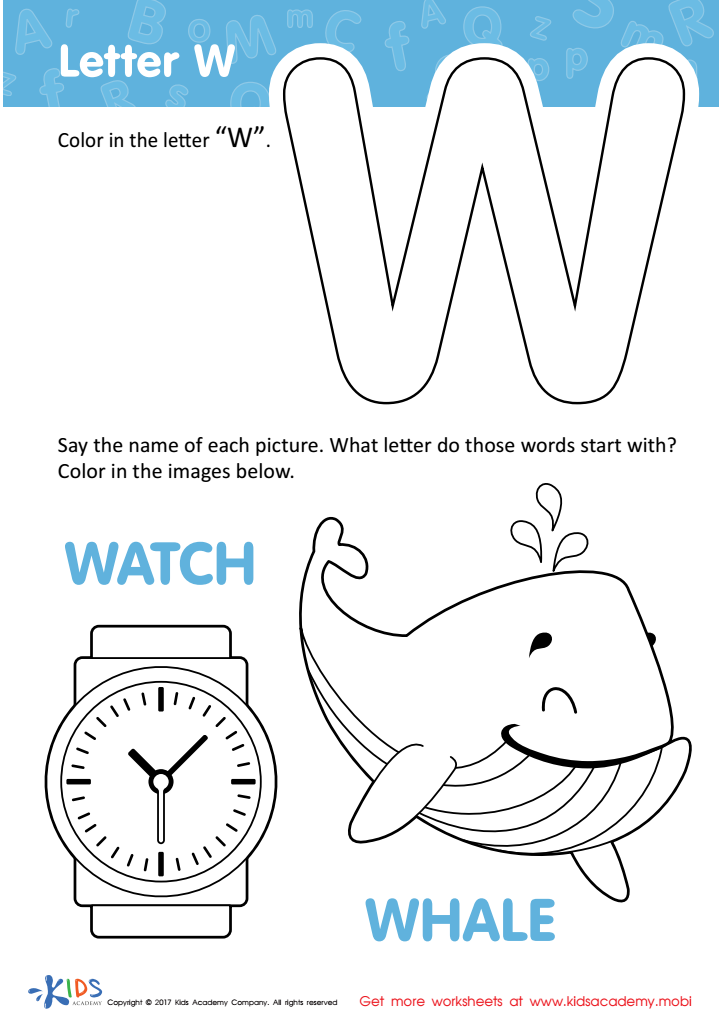

Letter W Coloring Sheet
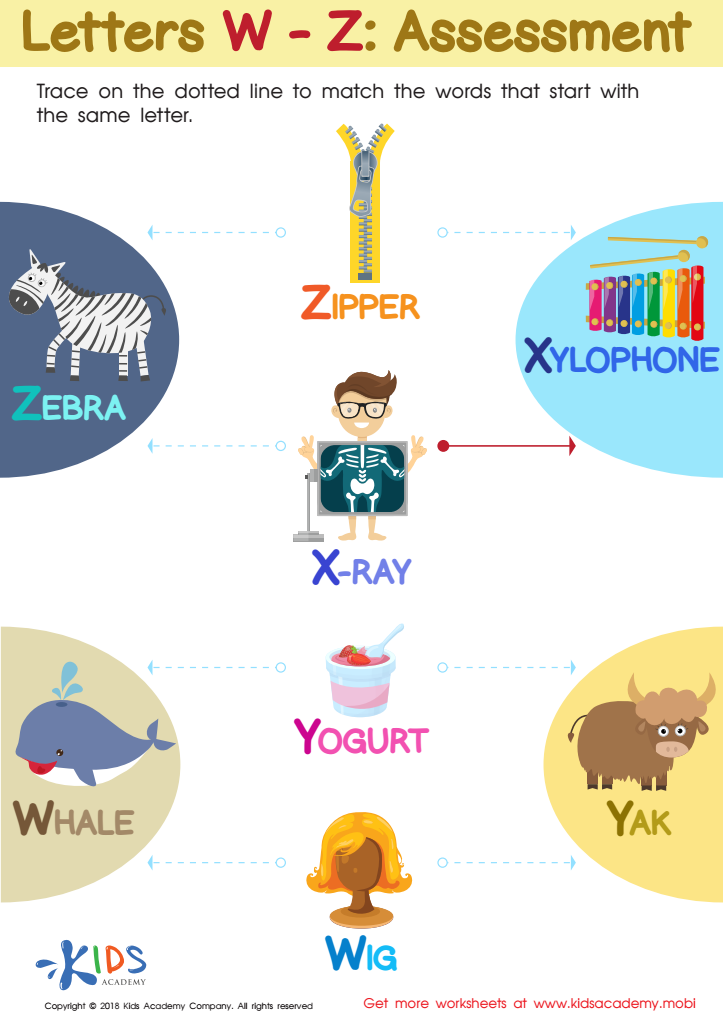

Letters W–Z Tracing Worksheet
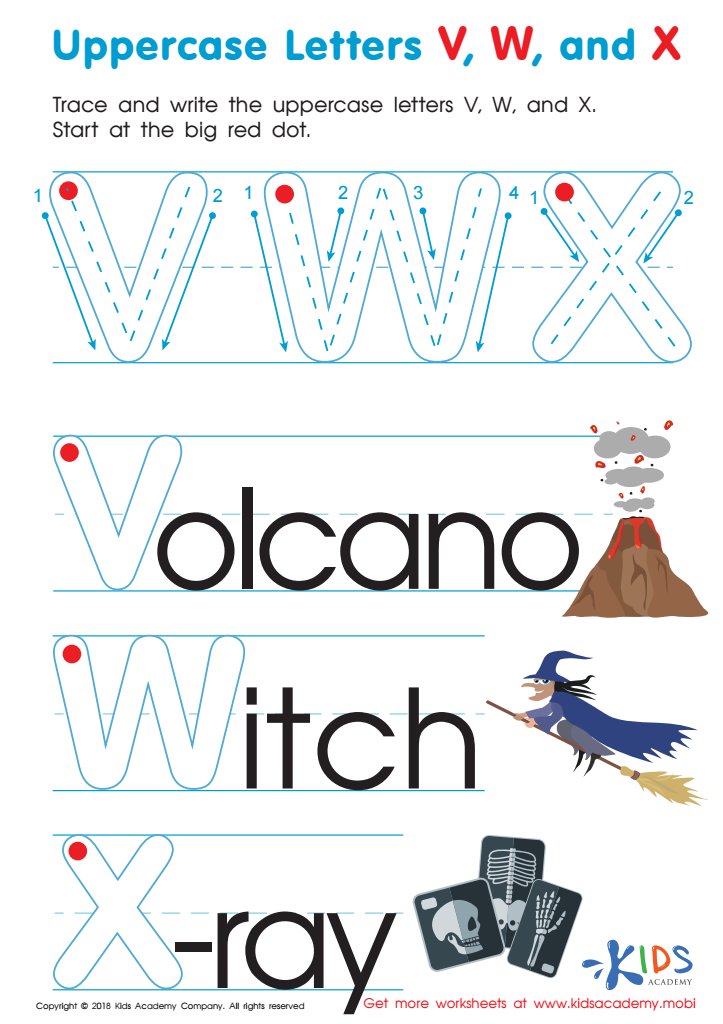

Uppercase Letters V, W, and X Worksheet
Handwriting practice, especially for young children ages 3-6, is essential for a variety of educational and developmental reasons. Focusing on specific letters, like the letter W, provides numerous benefits.
Firstly, mastering the letter W helps children recognize and write an important component of the alphabet, underpinning their literacy skills. At this age, children are developing their fine motor skills, and practicing the intricacies of forming the letter W enhances hand-eye coordination, finger strength, and dexterity. These fine motor skills are not just necessary for handwriting but are also fundamental in daily activities such as tying shoes, using utensils, and buttoning clothes.
Secondly, structured handwriting practice aids in cognitive development. As children focus on forming the letter W, they improve their concentration and attention to detail. This lays a foundation for a disciplined academic approach in later years.
For parents and teachers, emphasizing the letter W reinforces phonemic awareness as well. Children begin associating the shape of the letter with its sound, which is critical for developing reading skills. Engaging, repetitive practice also builds muscle memory, leading to improved legibility and speed over time.
Lastly, consistent handwriting practice boosts self-esteem and confidence. When children see their progress, they are encouraged and motivated to continue learning. Ensuring children have ample practice with letters like W is an investment in their future academic success.

 Assign to My Students
Assign to My Students







